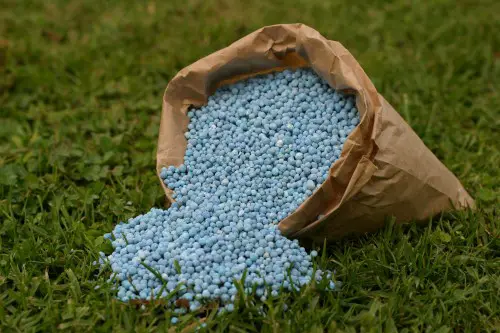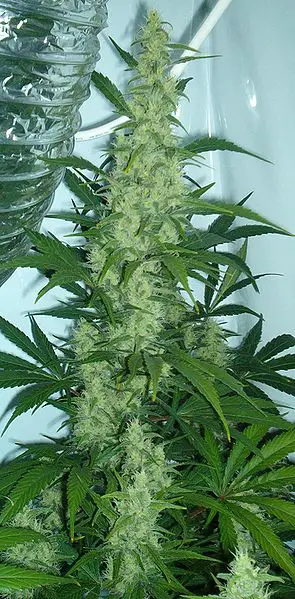Two New Dandelion Species Discovered in Spain
The Annales Botanici Fennici journal published a study which states that Taraxacum lacianense and Taraxacum decastroi are the two species of dandelion that have been newly discovered in Spain. The plants were found in the Cordillera Cantábrica Mountains and the Pyrenees.
These recently found species are characterized by saffron-yellow flowers and long leaves. There is little or even no pollen on these plants due to the fact that their seeds are not produced by means of fertilization. This is however a shortcoming characteristic to lots of species of the Taraxacum family.
It was not easy to classify the two new species or at least this is what Antonio Galán de Mera, the lead researcher from the Biology Department at the University San Pablo-CEU in Madrid declared.
According to the press release of SINC, a Spanish news agency, Galán de Mera said: “We had to compare them with numerous examples from Europe (above all in Spain and Portugal), which were lent to us from the collections of other colleagues.”
These species that were newly brought to light share the same characteristics with Taraxacum reophilum which lives in the Alps; however they can be clearly distinguished from over 50 other species growing on the Iberian Peninsula by their fruits which are “fairly characteristic” due to their evidently little ornamentation.
Galán de Mera declared in the release: “It’s hard to find new species now in Spain. It depends on the complexity of the group of plants you study.”
The new plants like moist soils as well – all dandelions prefer moist soils – and they flower in summer. Taraxacum decastroi draws its name from that belonging to Pérez and Emilion de Castro, two Spanish naturalists, and can be found in the Lérida fir forests of the Pyrenees. The second plant, Taraxacum lacianense grows in the bog land of the Léon Mountains, most precisely the Laciana region which also gives the name to this plant.




